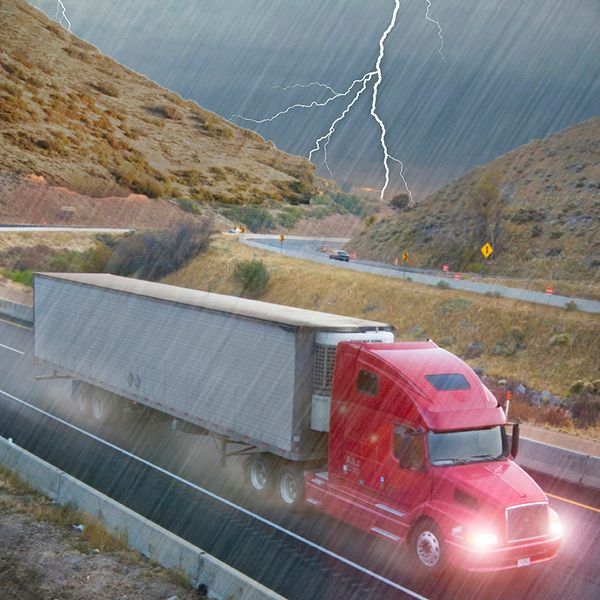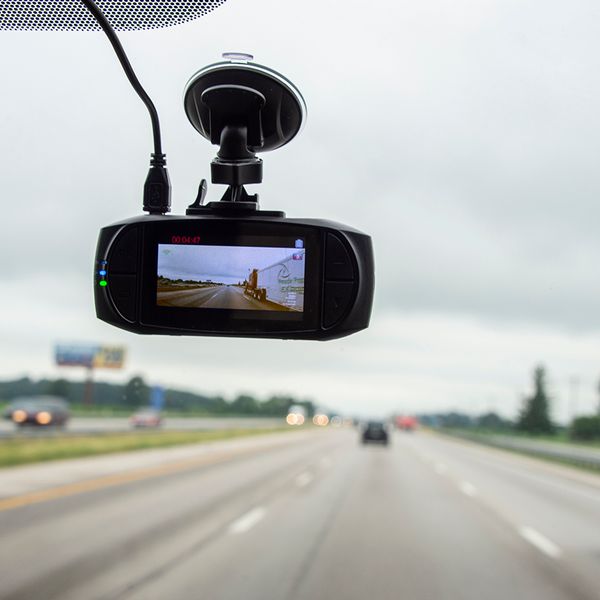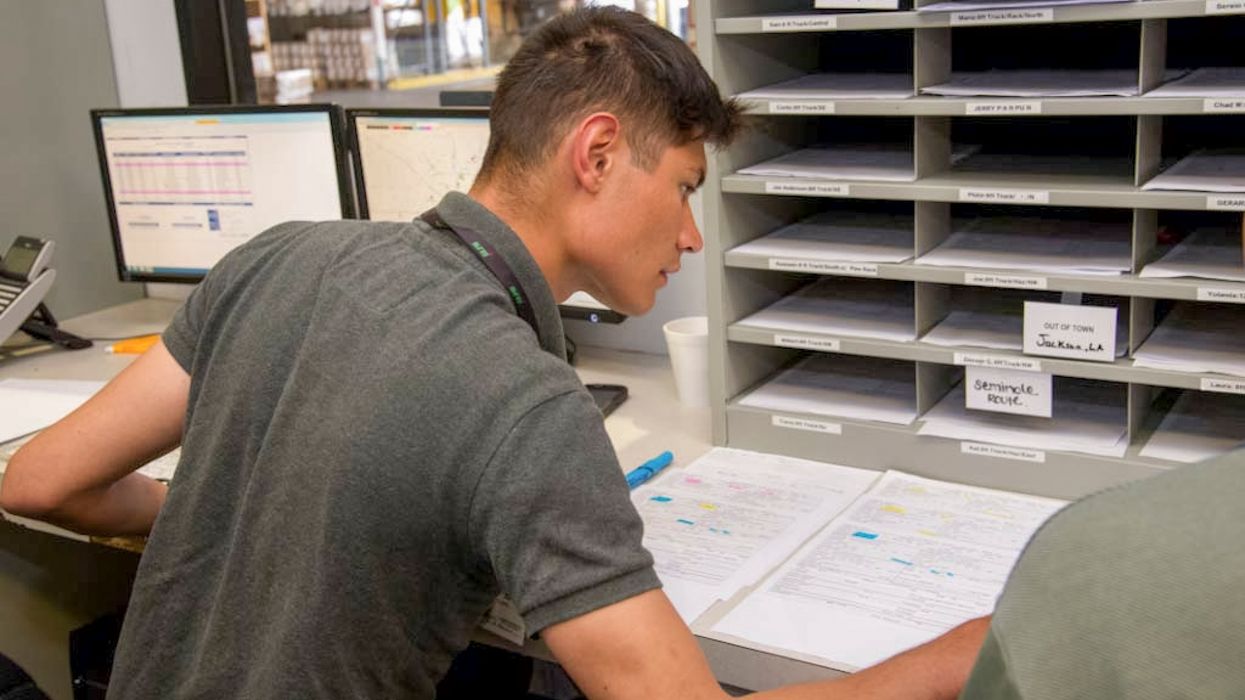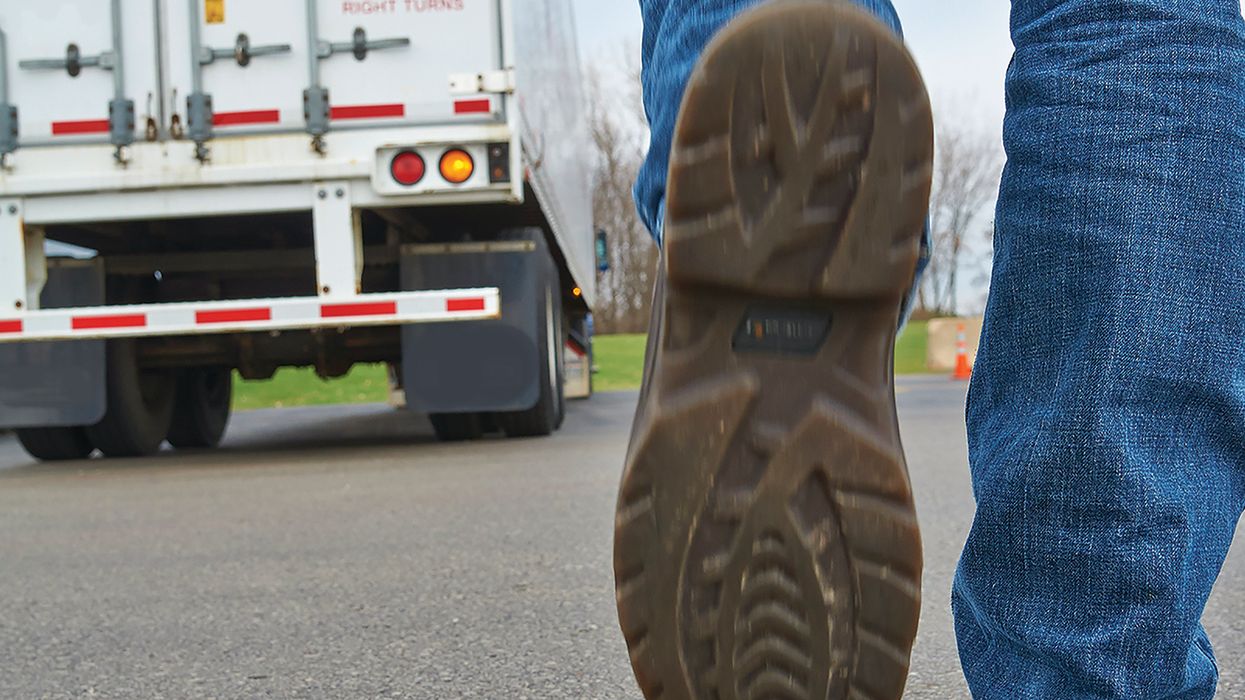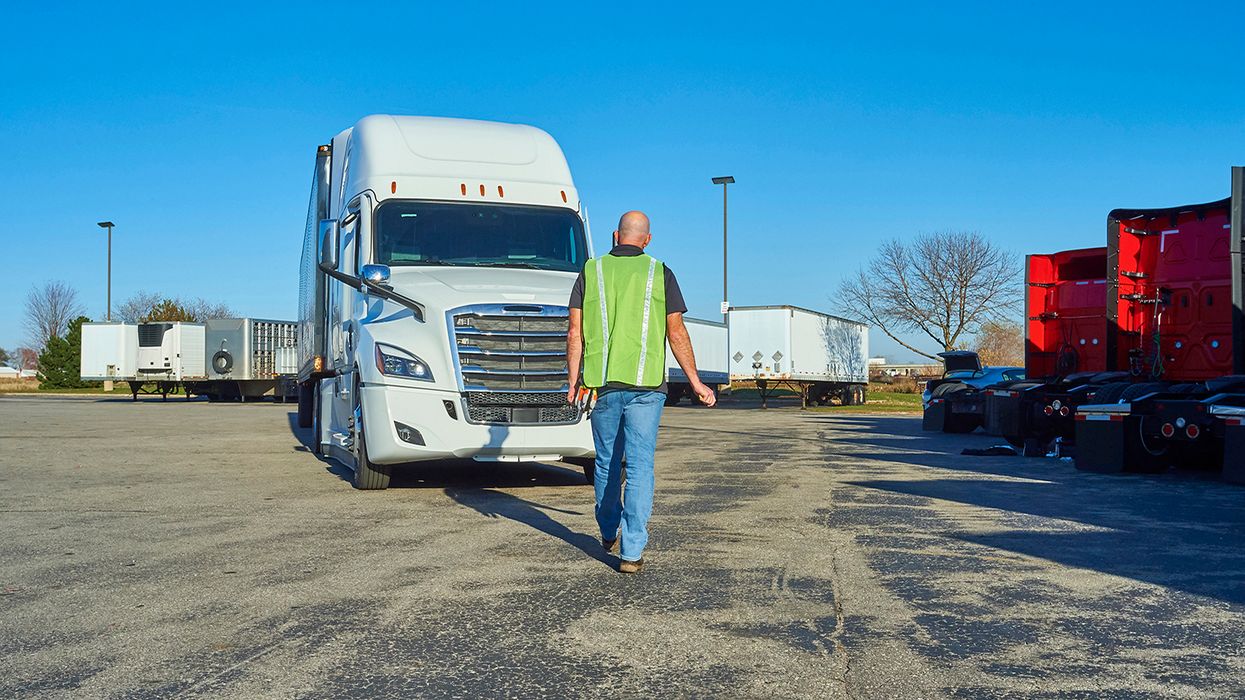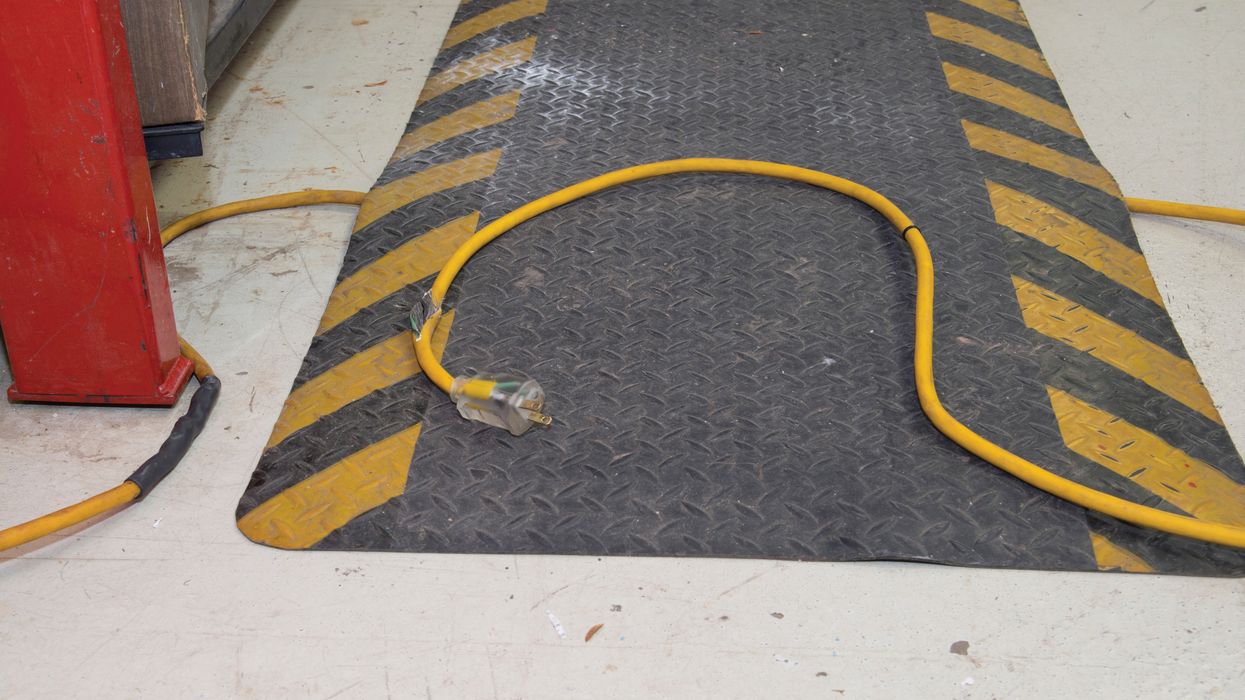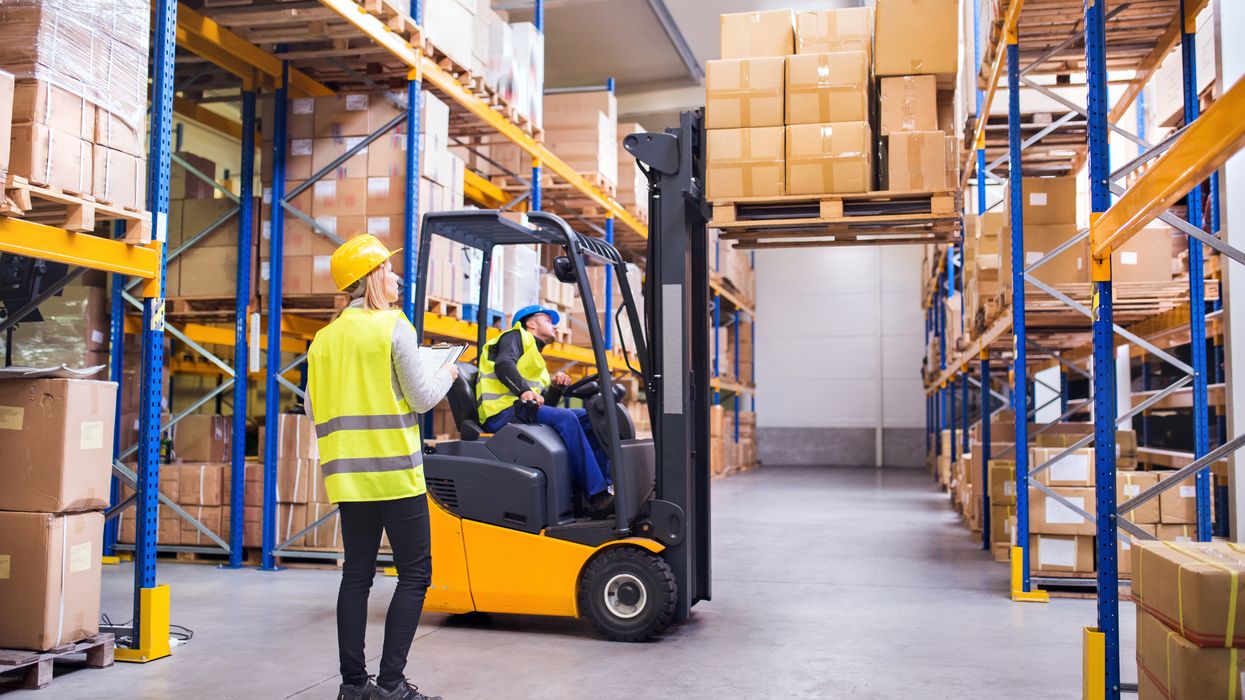Technology effect on insurance rates
Does anyone care as much as a carrier does about their risk profile? Yes! A carrier’s insurance company does. The insurer needs to know a carrier’s risk management process and what that process can forecast forward. For any company to stay insured and potentially receive premium reductions, the insurance provider needs to know the:
- Crash and loss experience history and trend,
- The underlying causes of high-frequency crashes or the cause of a severe crash,
- Actions the carrier is taking to address accident root causes and implement improvements to their safety program and culture, and
- Technology used to directly prevent crashes or mitigate risk.
According to a recent study by the American Transportation Research Institute (ATRI), insurance premium costs per mile operated increased by 47% over the last ten years, from $0.059 to $0.087. Rising insurance rates correlate to the 967% increase in average verdict size for truck crashes, squeezing revenues for motor carriers.
The house always wins
Whether you want to play or not, many consider insurance a gamble. It is a risk they take or do not take. Every month carriers bet their premium that they are going to have an accident, and every month the insurance provider bets the limits of coverage that the carrier will not have an accident. To win, the “house,” or the insurance provider, must understand the odds in detail. In fact, they hire specialists to calculate the risk of having to pay out. These specialists are called underwriters.
Understanding risk
Insurance underwriters do not guess; they use facts and statistics. They consider, in part, a carrier’s:
- Accident history
Past behavior is a predictor of future behavior. How often do does the carrier have accidents, and how severe are they? The calculation is typically the accident rate per million miles. Accidents do not have to be the fault of the carrier. If a carrier has lots of accidents that they are not directly at fault for, it may be an indication that the carrier does not employ crash avoidance technology or teach defensive driving skills. - Violation history
The FMCSA’s roadside inspection data indicating safety violations are public. Insurance companies have the same data as the FMCSA (Federal Motor Carrier Safety Administration). The companies understand the direct correlation between the number and severity of roadside inspection violations and accidents. They also recognize that the highest correlating factor is unsafe driving incidents and whether the carrier has implemented technology to identify risky driving behaviors. - Driver pool
Drivers that have an elevated risk in their personal vehicles are a substantial risk while operating commercial vehicles. A carrier’s “best drivers” (e.g., those who are always on time) could be a carrier’s highest-risk drivers. - The number of “at bats” an operation has
The more vehicles a carrier operates, and the more miles driven, the greater likelihood of an accident. - The operation type
Geographically where operations occur, the type of vehicles driven, and the commodities hauled all impact a carrier’s risk profile.
Vehicle technology
Underwriters are interested in a carrier’s compliance trendlines and whether the carrier uses in-cab technology, such as dash cameras, ELDs, lane deviation detection, adaptive cruise control, and vehicle trackers. Data retrieved from these devices, such as hard braking, provide insights into a fleet’s risk. In this area, no news is not good news. Without good collaborative data on the carrier’s safety program, the underwriter assumes that technology is not in place. Or, if it is and the data is not provided, they assume the information paints a high-risk picture.
Key to remember
Focusing on improving safety through technology and going beyond the minimum compliance requirements yields significant benefits that impact operations, driving retention, insurance, risk, and litigation. Using in-cab technology, like dash cameras, to operate more safely may not provide any direct rewards from FMCSA. However, there may be rewards from your insurance provider – if the underwriter knows the technology is installed, the data is analyzed, and that safety trends are improving.




